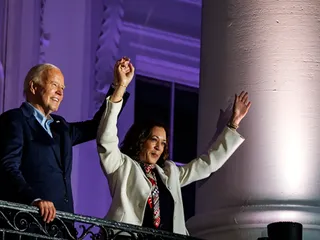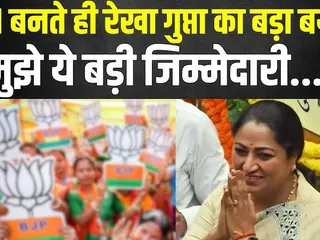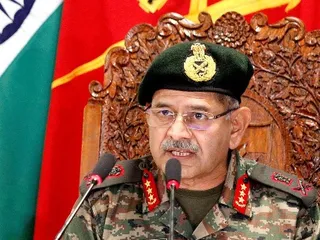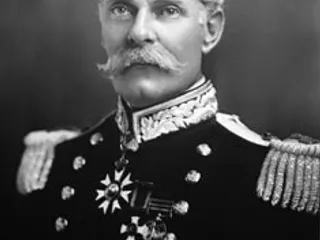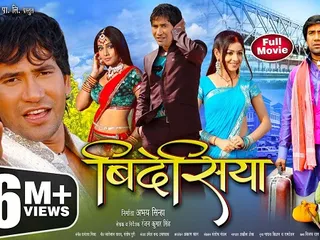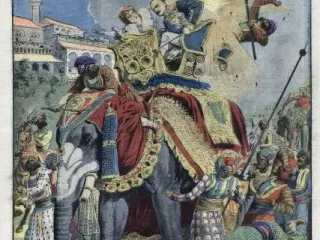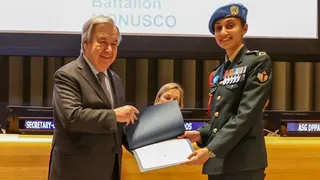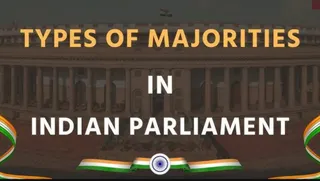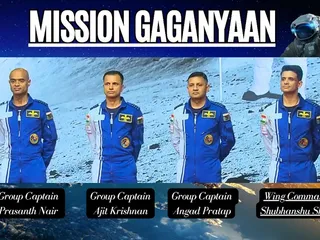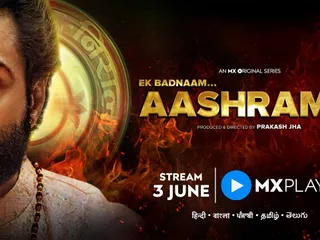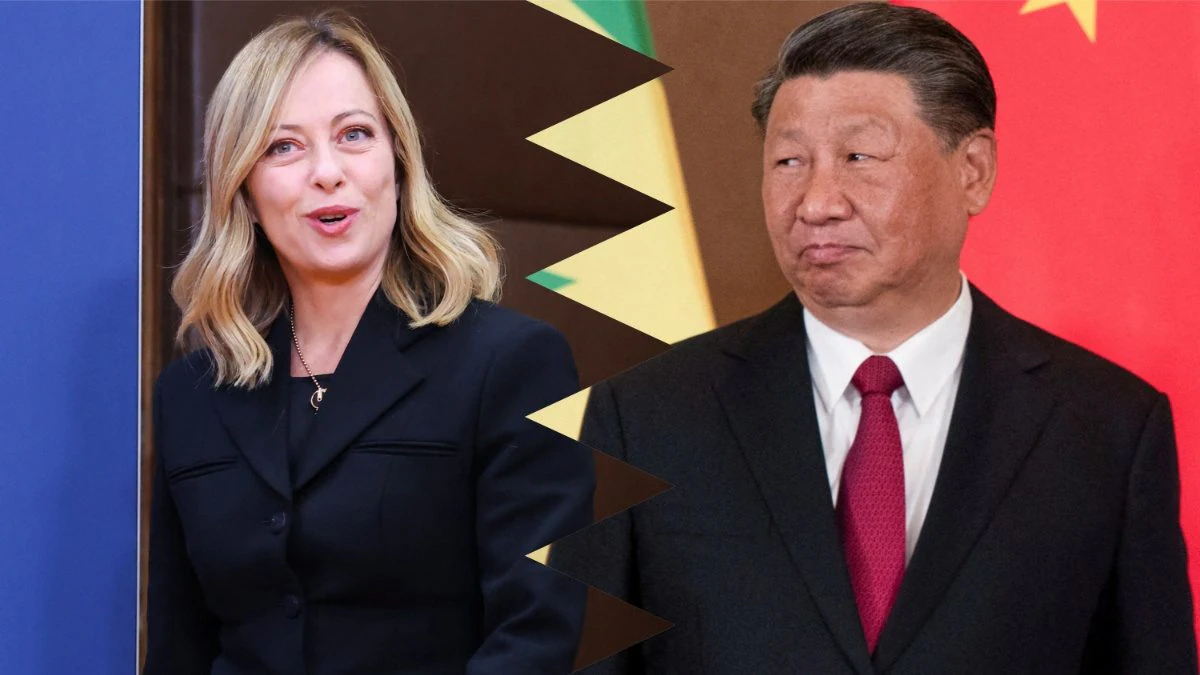The Lucknow Pact, signed in December 1916, stands as a pivotal moment in the history of the Indian independence movement. This landmark agreement between the Indian National Congress (INC) and the Muslim League, two major political forces in India at the time, marked a period of unprecedented Hindu-Muslim unity and cooperation in the struggle against British rule. The pact, forged amidst the backdrop of World War I, demonstrated the potential for collaborative action towards shared political goals, albeit a unity that would prove tragically ephemeral.
The Congress, at the time, was divided into two factions: the Moderates, led by figures like Gopal Krishna Gokhale, and the Extremists, represented by Bal Gangadhar Tilak. The Muslim League, under the leadership of Muhammad Ali Jinnah, faced its own internal divisions. The looming threat of war and the need for a united front against British policies, however, brought these disparate groups together. The pact was the culmination of several months of negotiations, facilitated by leaders who recognized the strategic advantage of a united Indian voice.
The key provisions of the Lucknow Pact included:
- Joint electoral strategy: The Congress and the Muslim League agreed to cooperate in electoral politics and to support each other's candidates in various constituencies.
- Separate electorates: This was a crucial concession to the Muslim League. While advocating for self-government, the League insisted on separate electorates for Muslims, ensuring their representation in legislative councils. This provision, although intended to protect Muslim interests, would later contribute to the growth of communal politics.
- Expanded provincial legislatures: Both parties demanded an expansion of provincial legislatures with greater Indian representation.
- Greater autonomy: The pact emphasized the need for greater autonomy for India within the British Empire. It advocated for self-rule with a significant degree of control vested in the hands of Indians.
The Lucknow Pact, while a significant achievement in terms of Hindu-Muslim unity, was not without its limitations. The agreement on separate electorates, while initially seen as a compromise, ultimately contributed to the deepening of communal divisions in the years to come. The very nature of separate electorates reinforced the idea of separate Muslim and Hindu identities, rather than fostering a unified national identity.
Despite its limitations, the Lucknow Pact remains historically important. It demonstrated the potential for collaborative action between the Congress and the Muslim League. It showcased the power of united political action in challenging British rule. It offered a brief glimpse of what could have been – a unified India fighting for freedom together. However, the cracks in this unity, exacerbated by political and social factors, would ultimately lead to the partition of India in 1947.
The pact serves as a reminder of both the possibilities and the complexities of forging unity amidst diversity, and the lasting consequences of political compromises in the face of a powerful colonial power.

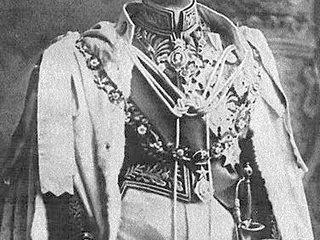
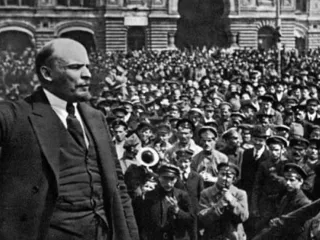
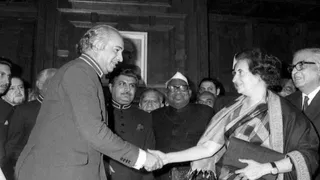
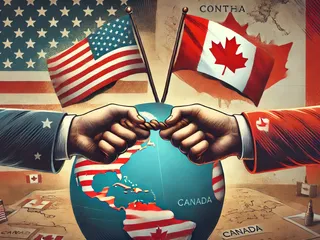







 (24)jpeg-1722421859875.jpeg.webp)


